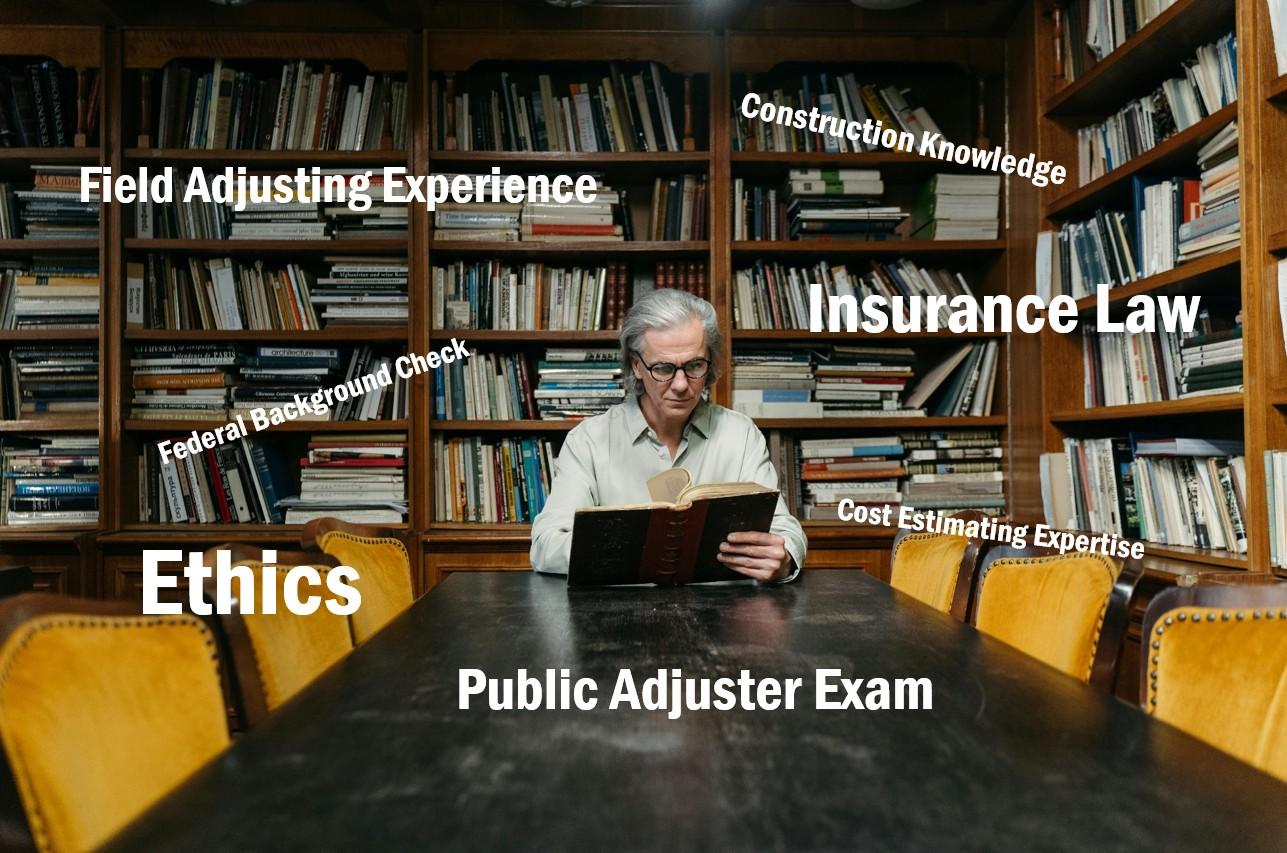The Takeaways
- Texas leads the country in hail-caused property damage claims
- Most insurance policies cover wind and hail damage
- Damage must meet the definition of damage as outlined in your insurance policy
- A public adjuster can accurately document your damage and get your roof claim paid
Will My Insurance Replace My Roof?
In the United States, hail claims varied from $8 billion to $14 billion annually between 2000 and 2019. Texas residents live in an area of the country that receives significant wind and hail events every year and reports more hail losses than any other state. State Farm reported paying approximately $474 million in hail-related home and auto claims in 2020. This is only a cross-section of one carrier in the state. With Texas reporting more hail claims than any other state, it is not uncommon for a Public Adjuster to be asked, “Will my insurance cover my roof?
This is a common and simple question, but correctly answering it is not as straightforward as one might think. As a licensed public adjuster, my answer is “Generally speaking, yes… but you need to revert to your policy as it details what perils you are insured against and how coverage is applied to your loss”. Most clients are referring to hail claims when this question is asked. Wind and hail are covered perils under most policies in Texas and are often grouped to have the same deductible.
Does Your Hail Damage Qualify As Damage In Your Policy?
Let’s suppose a public adjuster at True View Commercial has determined that a policy includes wind and hail as named perils that the policy affords coverage. However, this does not mean that your insurance company will just automatically replace the roof because you file a claim. Your insurance company will send out an adjuster to inspect the roof and determine if the damage warrants replacement. If the adjuster observes damage that he/she feels warrants a replacement, you “get your new roof”. The new roof is paid in the form of an actual cash value check, less your deductible. Don’t forget that depreciation is applied to your claim, even if you have a Replacement Cost Value policy. For more information about why your claim is depreciated, read all about it here.
Unfortunately, the determination of damage can vary widely from adjuster to adjuster, especially on unique claims where the damage profile does not possess textbook characteristics of damage. Some insurance company adjusters lack the training or experience that would allow them to qualify a damaged roof if the damage is not severe. On the other hand, some adjusters may be instructed to deny roofs if certain damage is not readily and easily visible. This is when an insured can greatly benefit from hiring a qualified public adjuster.
Wait, if there is damage, how can the adjuster deny your claim? This situation happens for two reasons. First, the damage occurred before or after your policy was in force. Second, damage occurred but it does not meet the definition of “damage” as defined in your insurance policy. Most policies issued in recent years will cover wind and hail damage but they will specifically exclude damage that is considered to be “cosmetic damage”, “non-functional damage”, “marring”, “blistering”, or “granule loss”. Essentially, the roof must have damage that alters its water-shedding capability or has dramatically reduced the life cycle of its performance. This can cause an inexperienced adjuster to incorrectly identify what the policy defines damage to be and would benefit from a second opinion from a public adjuster.
Hire A Public Adjuster
A qualified public adjuster can read your insurance policy to see if a peril is included in the policy; then inspect your property and see what type of damage exists, if any. If there is damage, the public adjuster can accurately document the damage and write an estimate for repair. It is not uncommon for a public adjuster to find qualifying hail damage and compel an insurance company to pay for a roof that has been previously denied.
If you have questions about your policy, contact True View Commercial to have one of our experts review your policy and provide an opinion on what you are entitled to!






